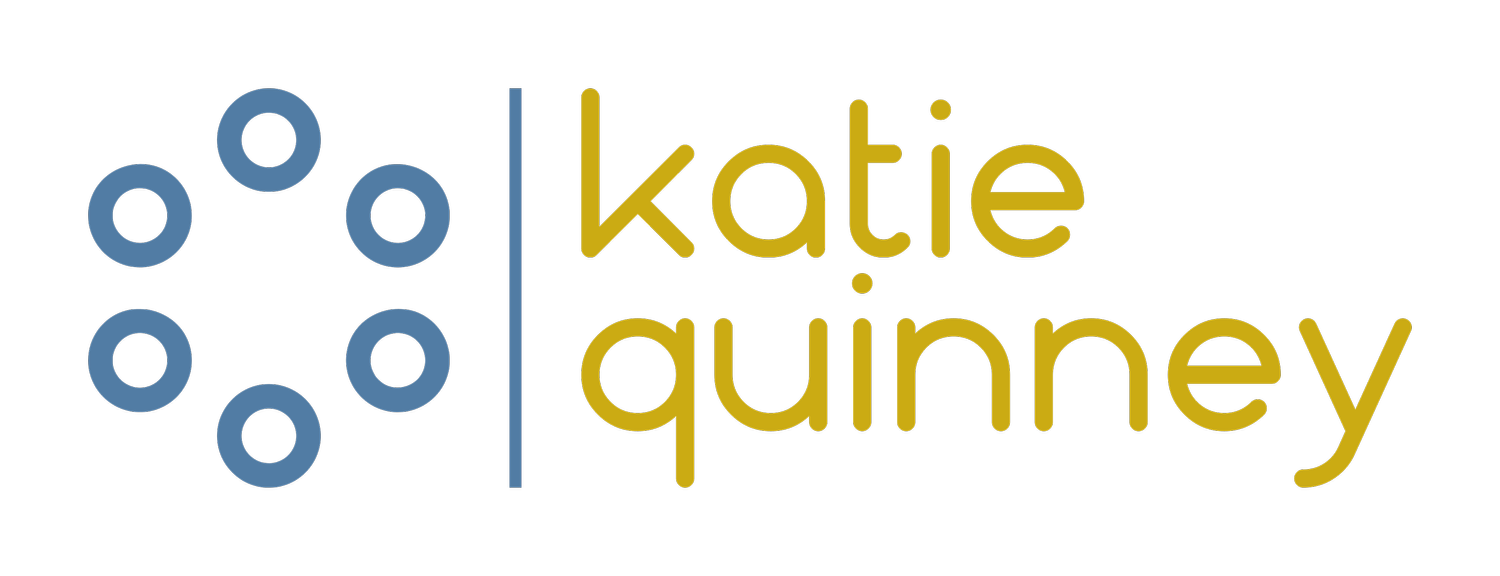Connecting and checking in: how to start every meeting well
This picture was what I started my workshop session with. I'd been thinking about ways the group can check in with how they are feeling at the start of our workshop, create some fun and connect with each other - all in the space of an online meeting. The laughing and giggling it caused, along with being able to say where they were, was a great combination.
Why am I doing this at all - aren't we busy enough and need to just get on with the work?
However it is that you are coming together - a meeting, a workshop, a handover or a huddle, an intentional check-in supports the people and the work. Taking the time at the beginning of the meeting might feel like it's detracting from getting the work done, but what it's actually doing is increasing the chances of a productive meeting - it allows space for people to feel seen and heard, so they are more likely to be present in the meeting. By generating a self-awareness moment, you are giving permission for people to check in with themselves, enabling the whole self at work and allowing reflection for that person to occur.
More from Twitter and the marvellous Helen Bevan, a check-in supports the creation of psychological safety in the team, along with giving the lead of the meeting a sense of where people are at, which can help the delivery and drive in the meeting.
For a good one-stop place for all things on check-in (as the ease with which you can fall into the rabbit hole of check-in scales is incredible) take a look at this article on why a check-in will make your meeting more productive - if you frame it intentionally and with focus.
Making your check-in intentional:
When: Think about which meeting or handover you want to start the process with. Different groups, settings or meetings might need a different slant on a check-in. I don't think it's a one-size-fits-all - the cat check-in certainly wouldn't work for some of the other meetings I go to. Have the check-in at the beginning of your meeting. It flows logically and makes sense to occur after a karakia that brings the meeting to an opening.
Duration: It shouldn't take too long. The questions you use can help keep that focus. This is going to depend on the number of people in the meeting. It will take a while to get to that right balance of people saying nothing or everything - this is why the two-word check-in that Brené Brown uses can really help focus, acknowledge and not take too much time.
Roles: Consider who leads the check-in, could it be a shared responsibility - this gives the leader the chance to check in too - another opportunity for building safety, trust and connection.
Find the flow: Once the question is asked, take it in turn to answer. Maybe keep the flow around the group the same, maybe mix it up. What's important is that, as well as speaking, this is also getting into the flow of listening. Put that phone down, pay attention. Showing up for each other is the thing. Being listened to is a huge mood and well-being boost. Do that for each other, learn a bit about each other, and walk in their shoes.
Questions to ask: There are lots of ways to do this; you could stick with the same question to help people get used to the idea. I often use the Korero Starter cards from the Mental Health Foundation for some meetings. Other times, the two-word check-in fits - 'what are the two words that describe how you are feeling right now'. Other options could be - What's been the best thing that's happened today? Who do you want to thank in the group, and for what? What are you bringing to this meeting? What's got your attention this week? I've collated other ideas here for you.
See what you can do this week to introduce, reinvigorate, lead or suggest a check-in. It's a chance to put some soul into our time at work.





